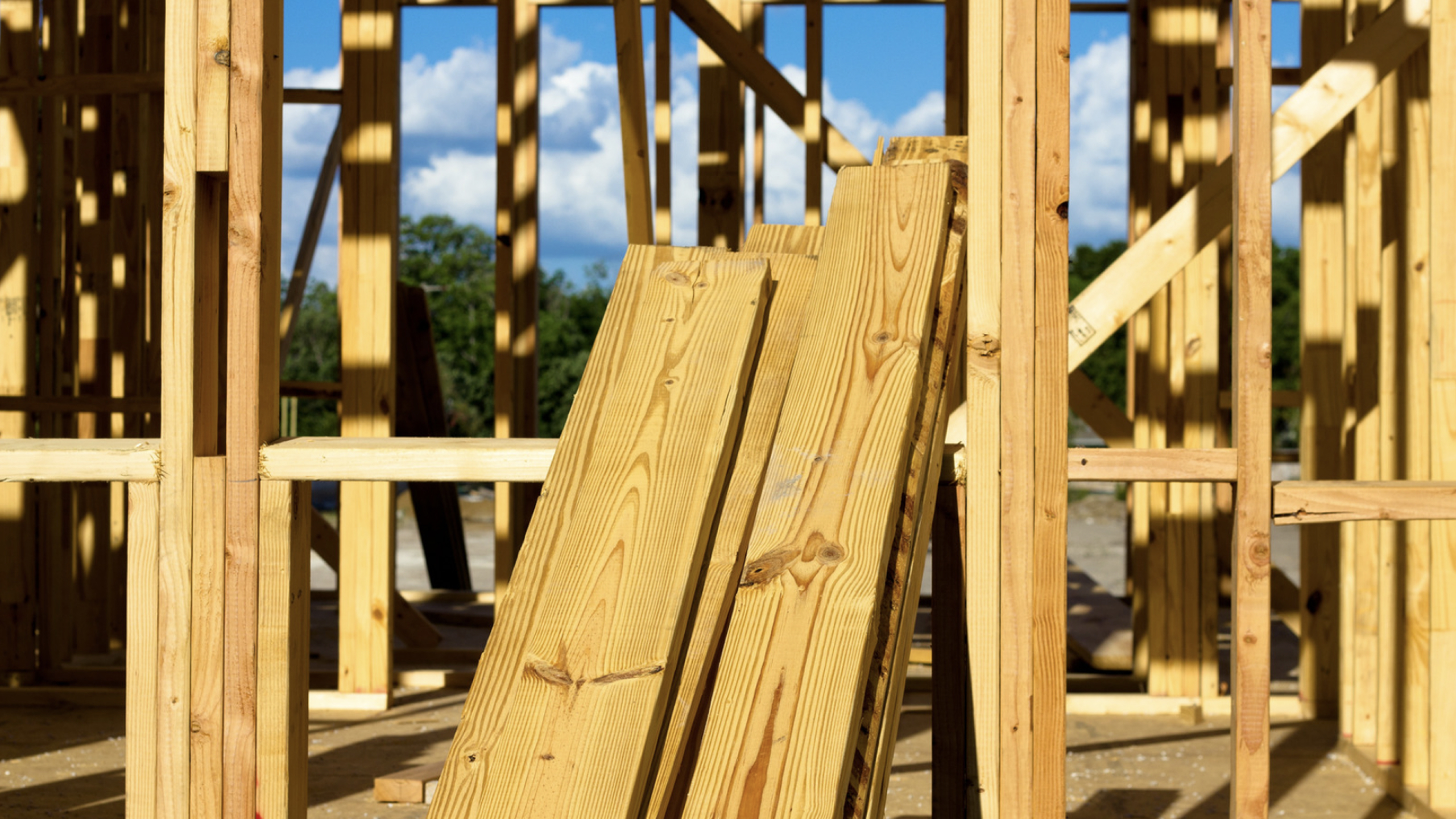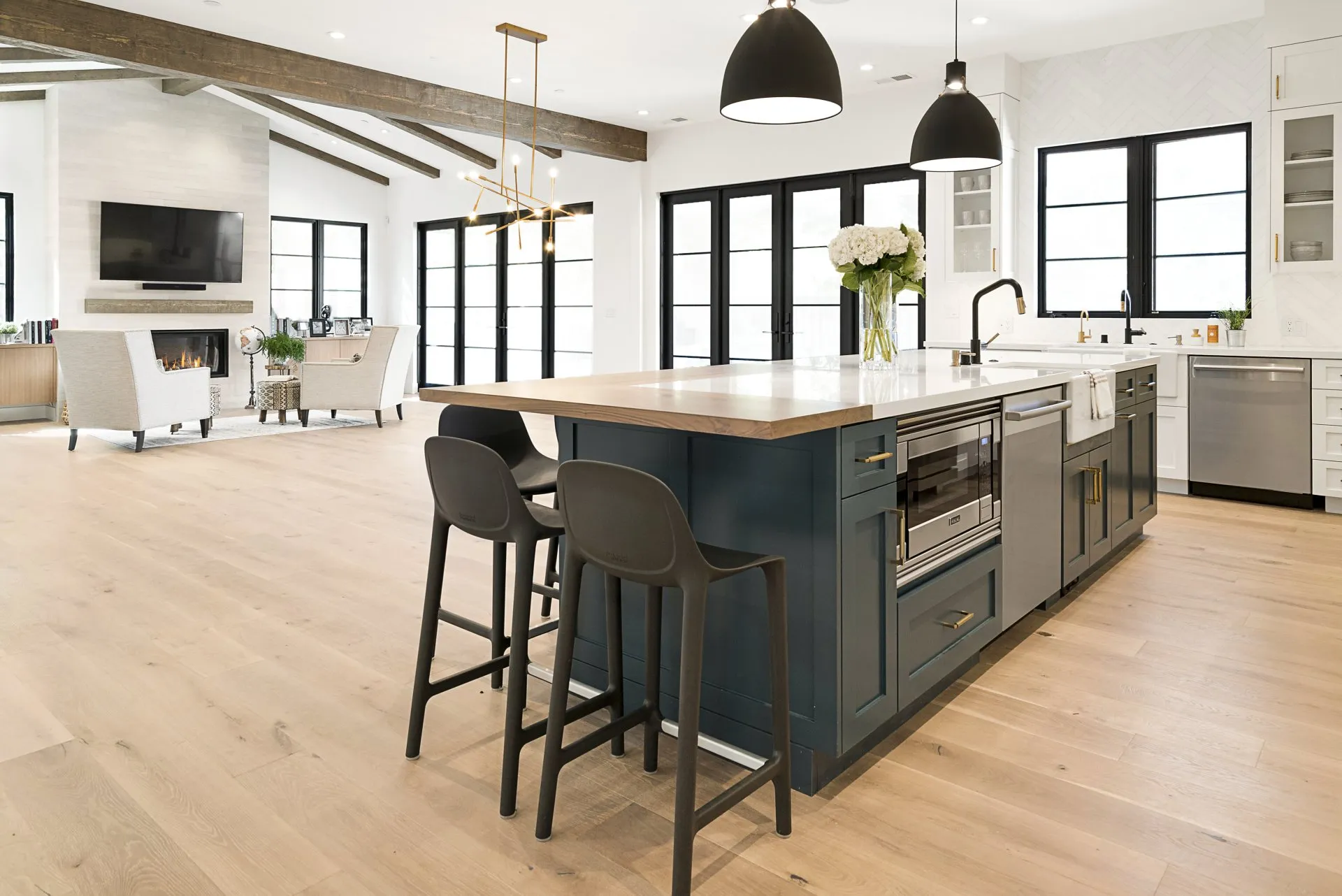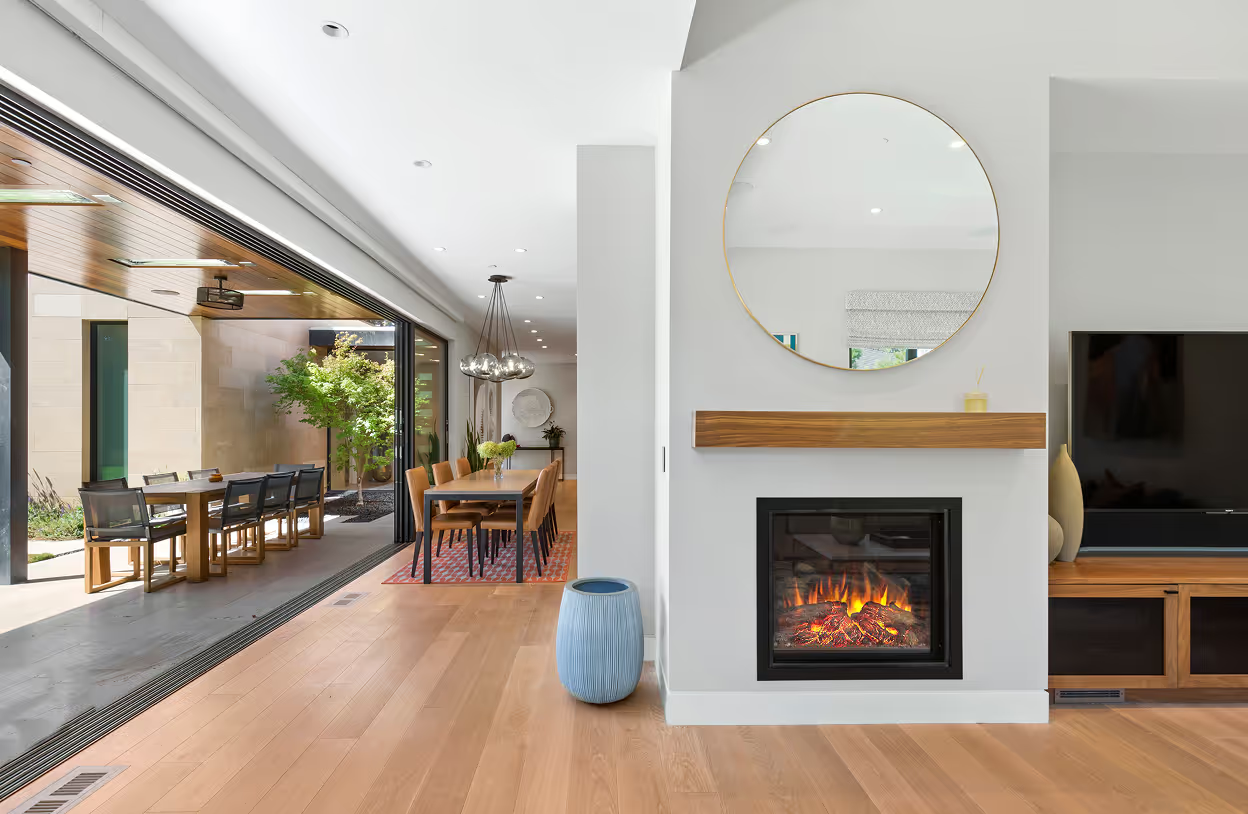The Economics of Building Materials: Lumber Prices and Homebuilding
It's a known truth in the homebuilding industry that we are at the mercy of the economics of building materials, which in turn affects the homeowner.
When it comes to lumber specifically, prices have fluctuated wildly due to hurricanes and wildfires, the "construction boom" of single family homes in 2017 to 2018, and an increase in exports.
But where are lumber prices now? Have they been affected by COVID-19? We are going to dig deeper into lumber pricing and the effect of increasing lumber prices on the homebuilding industry.
Why are lumber prices increasing?
Builders across the country have reported lumber prices doubling in the past year. Along with significant increases in lumber prices, oriented strand boards have more than tripled since last April.
Not only have prices for lumber increased, but costs for labor, transportation, containers, and everything that goes into lumber production has increased as well. But why is that?
A supply shortage due to insufficient domestic production has resulted in lumber prices being at an all-time high. The National Association of Home Builders (NAHB) reports that lumber prices have gone up more than 170% over the past 10 months.
In response to the pandemic, many mills and lumber companies were forced to downsize, reduce output, and/or shut down completely. Although lumber production has reduced significantly, the demand for lumber remains high.
Supply and Demand
Most construction projects are considered "essential," which has allowed the construction industry to remain strong throughout the pandemic. With a significant decrease in manufacturing, however, lumber companies have been struggling to keep up with lumber demands.
There has also been an increase in lumber demand due to DIY projects and the restaurant industry. Many people (who are spending more time at home) have completed home improvement projects, and restaurants have invested in building outdoor dining areas in efforts to adapt to the pandemic.
What does lumber shortage mean for the homebuilding industry?
Small businesses, home builders, and the overall homebuilding economy are harmed by this supply shortage. Potential projects are starting to fall through, and builders are forced to either put projects on hold or give current clients pricey change orders.
A recent survey revealed that 96% of NAHB members cite inconsistent access to building materials as their biggest issue, not only because of price inflation but also because of the wait times for materials.
These inconveniences are passed on to the consumer. The price for new single-family homes has increased by approximately $24,000 in response to the soaring lumber prices.
NAHB is petitioning for a solution to this problem. They note that, "With the new Biden administration and Congress in place, NAHB is redoubling its efforts to develop short- and long-term solutions to the lumber crisis. NAHB Chairman Chuck Fowke recently sent a letter to President Biden urging him to consider various strategies that would increase production and boost supply."
The future of lumber and homebuilding
Supply and demand will remain the determining factor for lumber prices, and prices will continue to fluctuate as long as construction and other industries continue moving forward on essential projects.
Although lumber is impacting the homebuilding process, it doesn't mean you need to put your home construction project on hold. Contact our team to get the conversation started, and get the latest industry updates by signing up for our newsletter.






